Two aliphatic aldehydes P and Q react in th presence of aqueous to give compound R, which upon treatment with HCN provides compound S. On acidification and heatingm,S gives the product shown below:

The compound S is
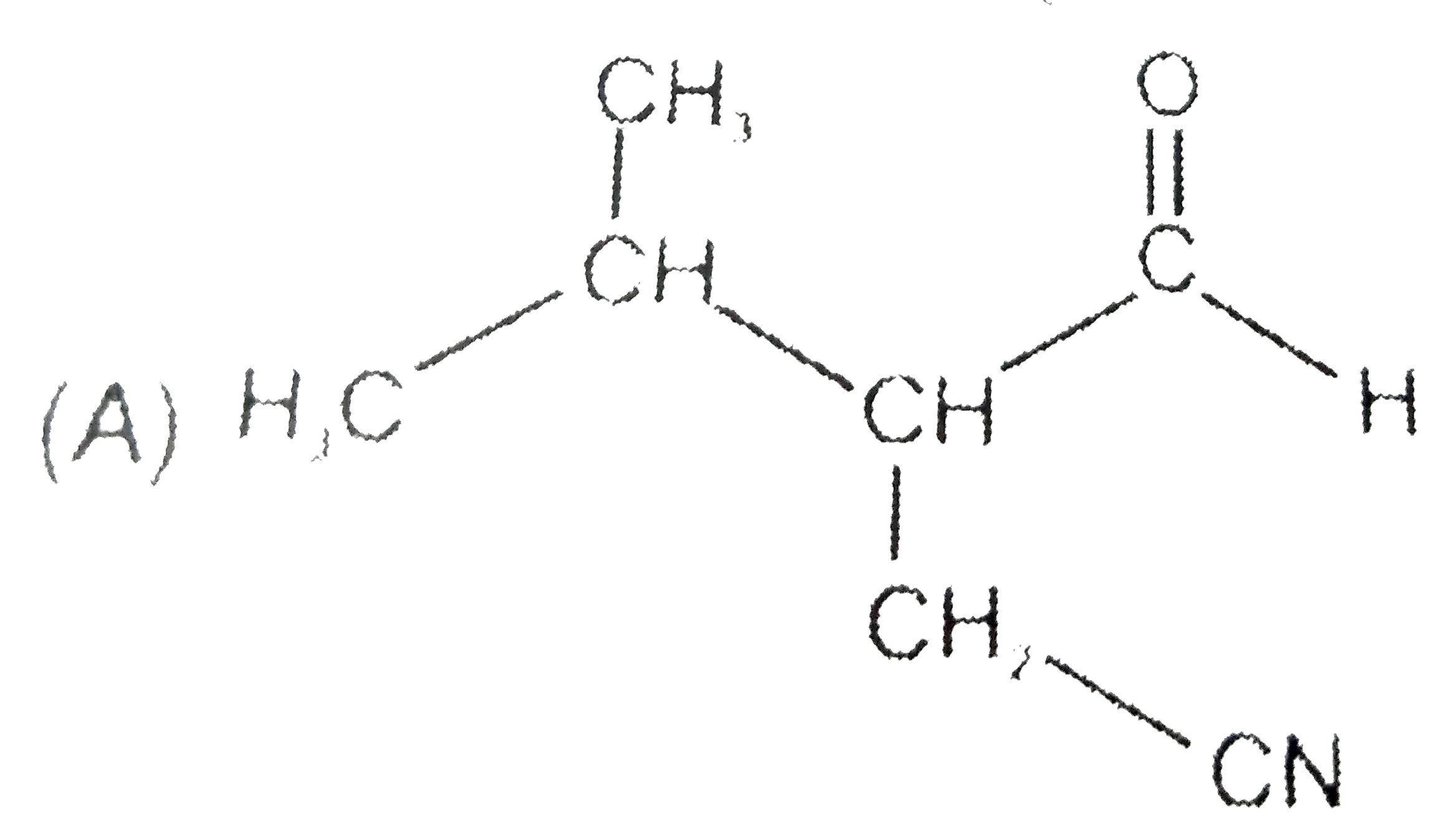
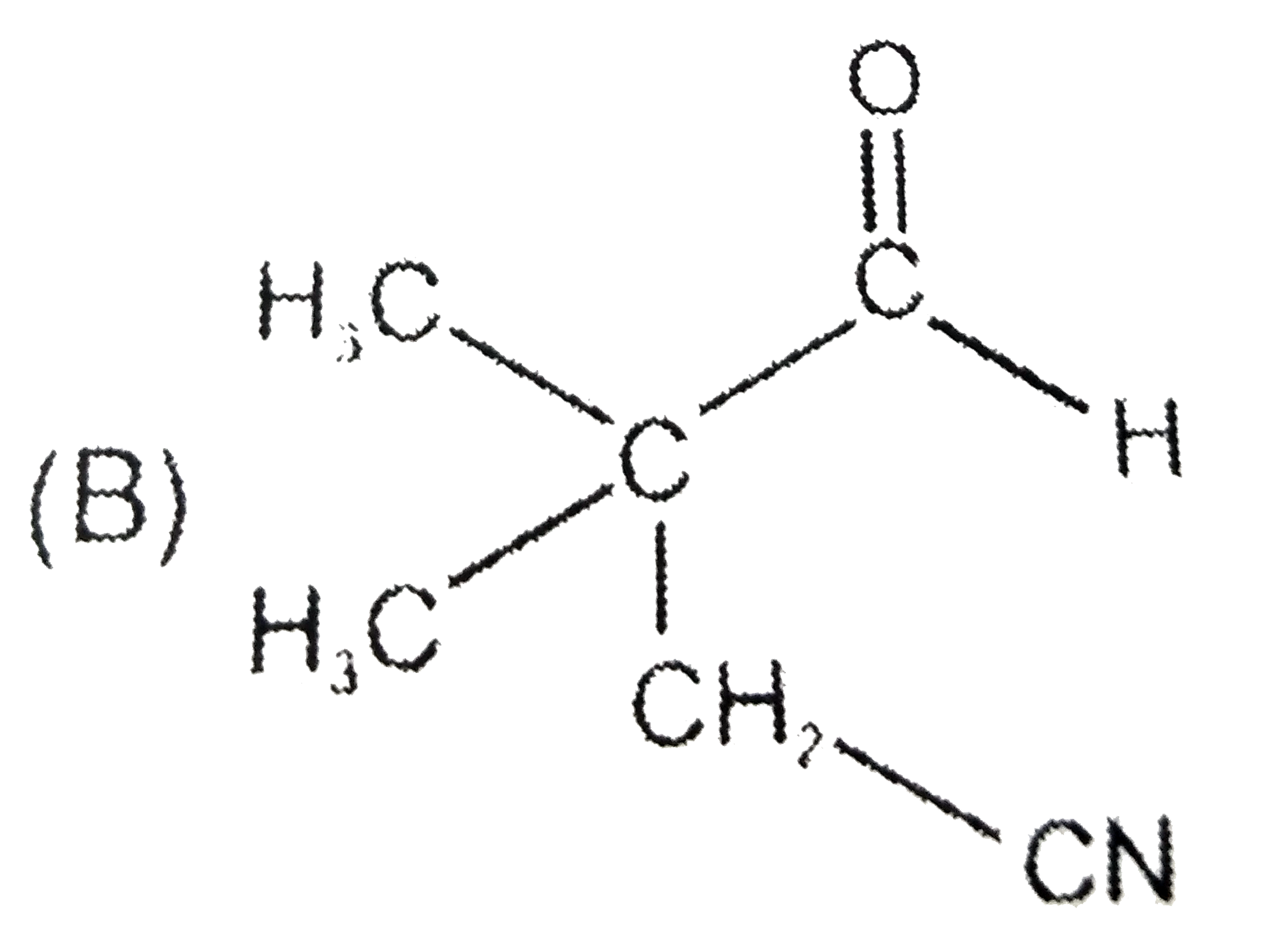


The correct Answer is:D
Step by step video, text & image solution for Two aliphatic aldehydes P and Q react in th presence of aqueous k_(2)CO_(3) to give compound R, which upon treatment with HCN provides compound S. On acidification and heatingm,S gives the product shown below: The compound S is by Chemistry experts to help you in doubts & scoring excellent marks in Class 12 exams.
Updated on:21/07/2023Topper's Solved these Questions
- CARBONYL COMPOUNDS (ALDEHYDES & KETONES ) & CARBOXYLIC ACID Book:RESONANCEChapter:CARBONYL COMPOUNDS (ALDEHYDES & KETONES ) & CARBOXYLIC ACID Exercise:Part-III
Explore 8 Videos
- CARBONYL COMPOUNDS (ALDEHYDES & KETONES ) & CARBOXYLIC ACID Book:RESONANCEChapter:CARBONYL COMPOUNDS (ALDEHYDES & KETONES ) & CARBOXYLIC ACID Exercise:PART- IV
Explore 14 Videos
- CARBONYL COMPOUNDS (ALDEHYDES & KETONES ) & CARBOXYLIC ACID Book:RESONANCEChapter:CARBONYL COMPOUNDS (ALDEHYDES & KETONES ) & CARBOXYLIC ACID Exercise:Exercise-2 Part-I
Explore 1 Video
- BIOMOLECULES & POLYMERBook:RESONANCEChapter:BIOMOLECULES & POLYMERExercise:ORGANIC CHEMISTRY(Biomolecules & Polymer)
Explore 33 Videos
- CHEMICAL KINETICSBook:RESONANCEChapter:CHEMICAL KINETICSExercise:PHYSICAL CHEMITRY (CHEMICAL KNIETICS & RADIOACTIVITY)
Explore 49 Videos
Similar Questions
Two aliphatic aldehydes (P) and (Q) react in the presence of aqueous K2CO3 to give compound (R ) which upon treatment with HCN gives compound(S). On acidification and heating, (S) gives the product shown below:

Compounds (P) and (Q), respectively, are:
View Solution[P] on treatment with H2CrO4 in acetone produced [Q]. [Q] compound upon heating give rise to Acetophenone. The compound [P] is:
View Solution
Knowledge Check
Two aliphatic aldehydes P and Q react in th presence of aqueous K2CO3 to give compound R, which upon treatment with HCN provides compound S. On acidification and heatingm,S gives the product shown below:

The compounds P and Q respectively areA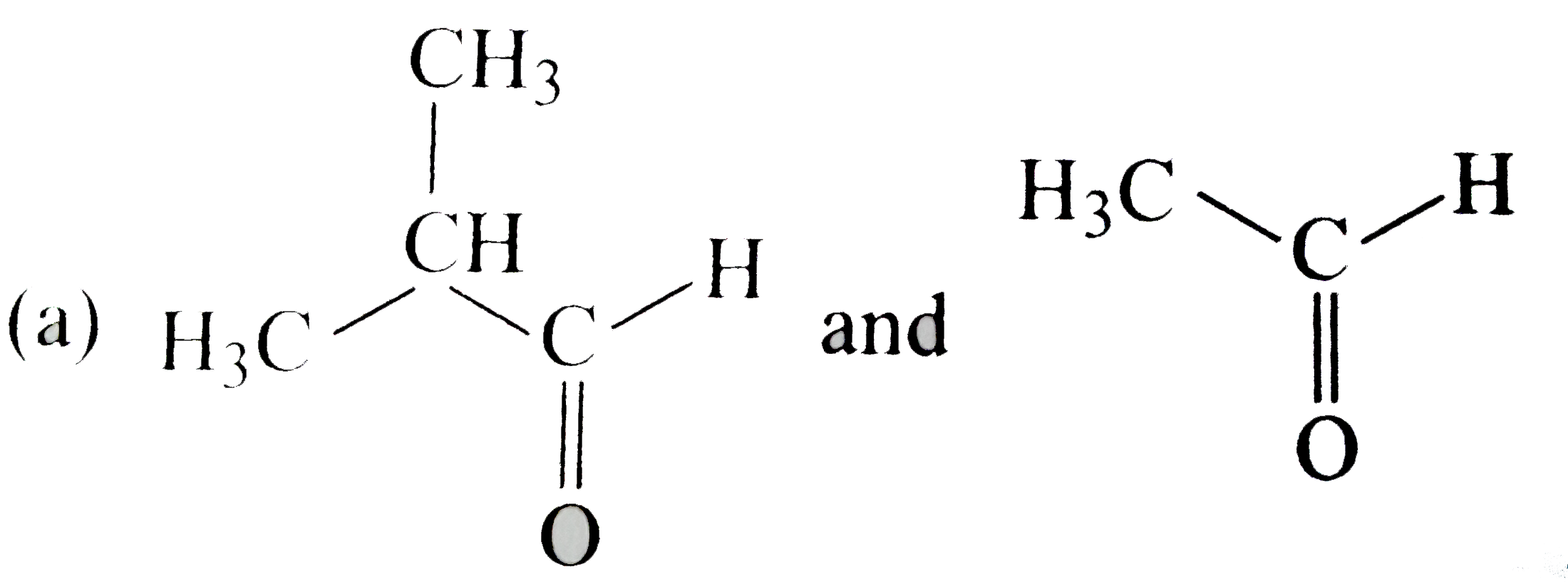 B
B C
C D
D
Two aliphatic aldehydes (P) and (Q) react in the presence of aqueous K2CO3 to give compound (R ) which upon treatment with HCN gives compound(S). On acidification and heating, (S) gives the product shown below:

Compound (S) is:A B
B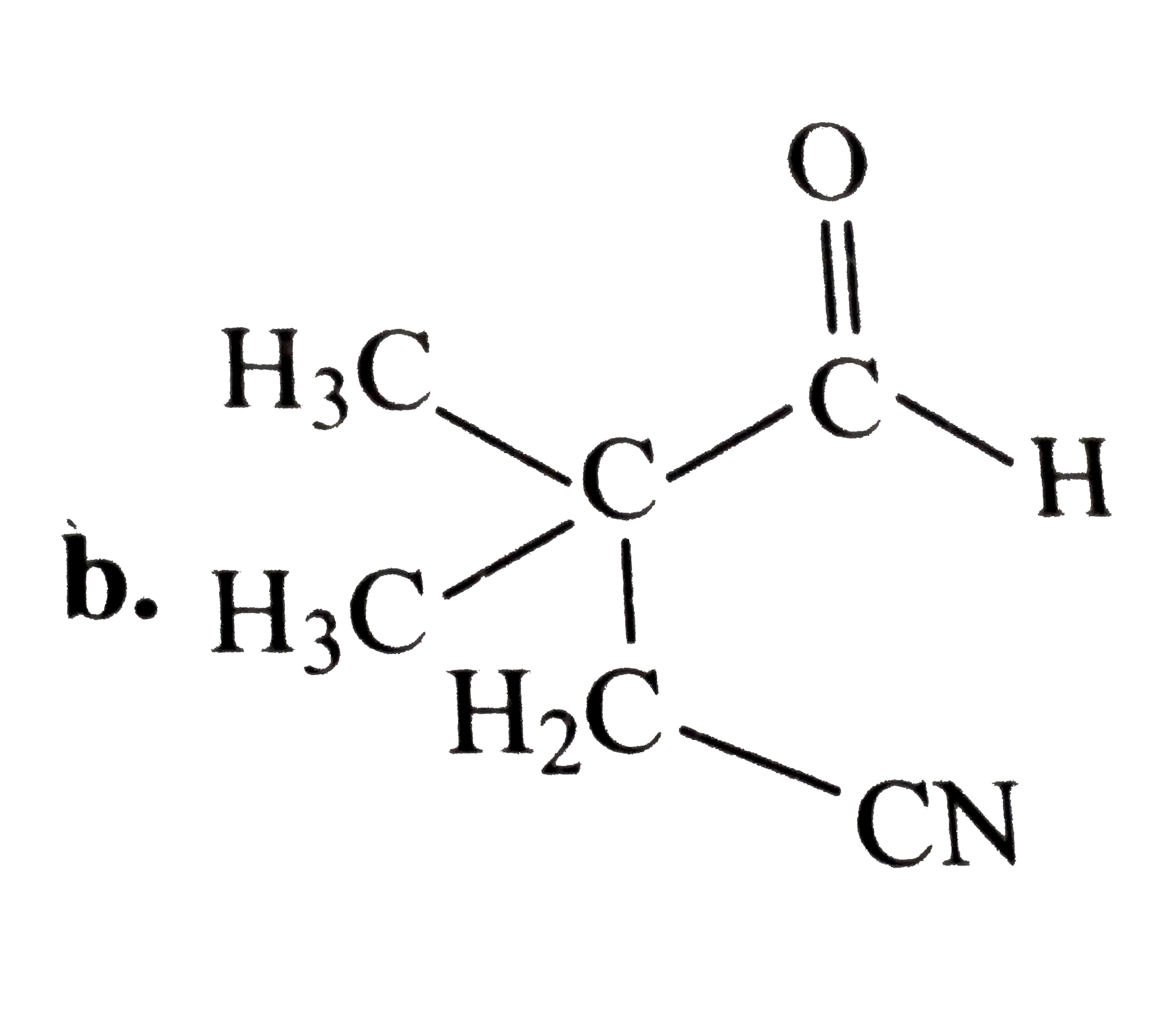 C
C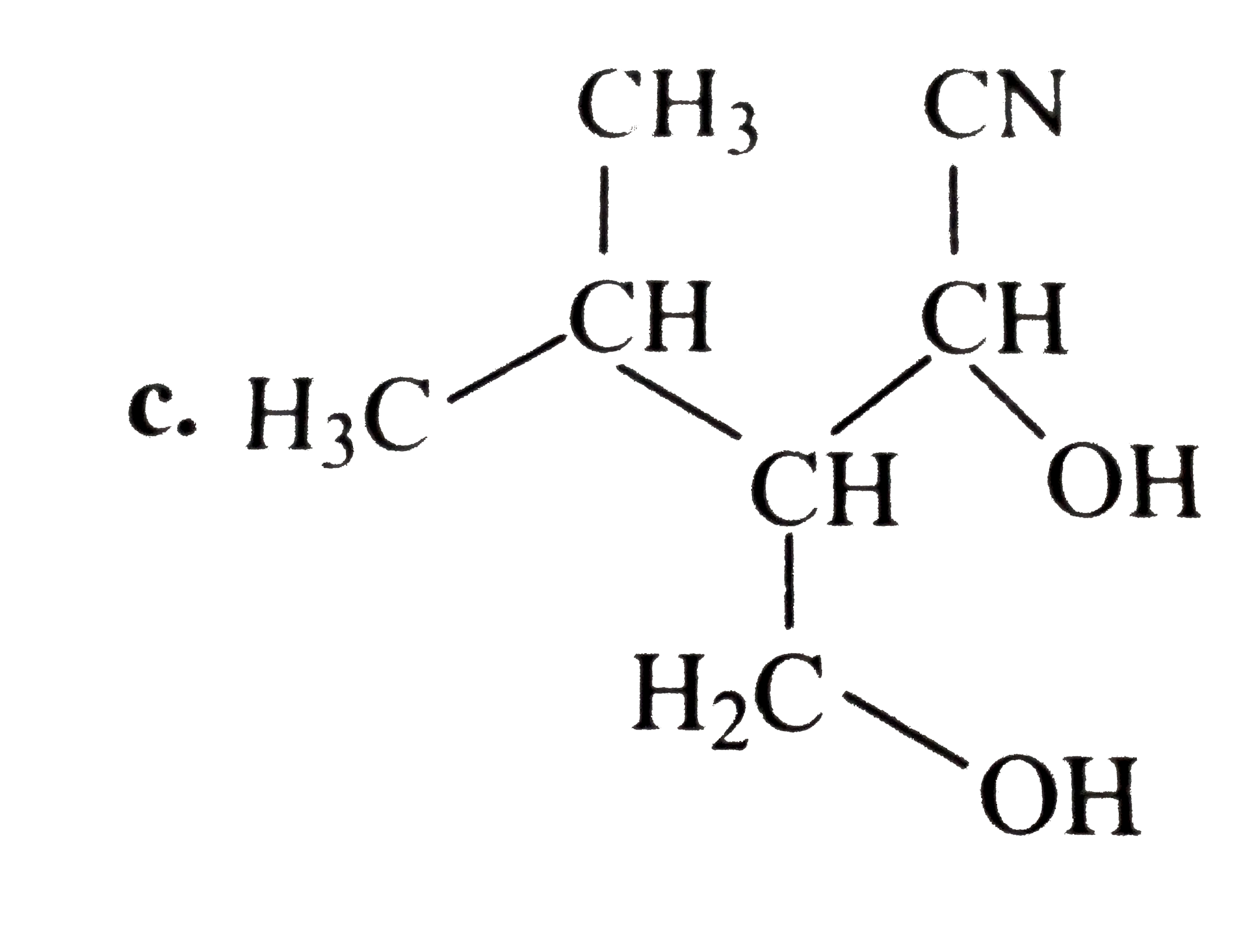 D
D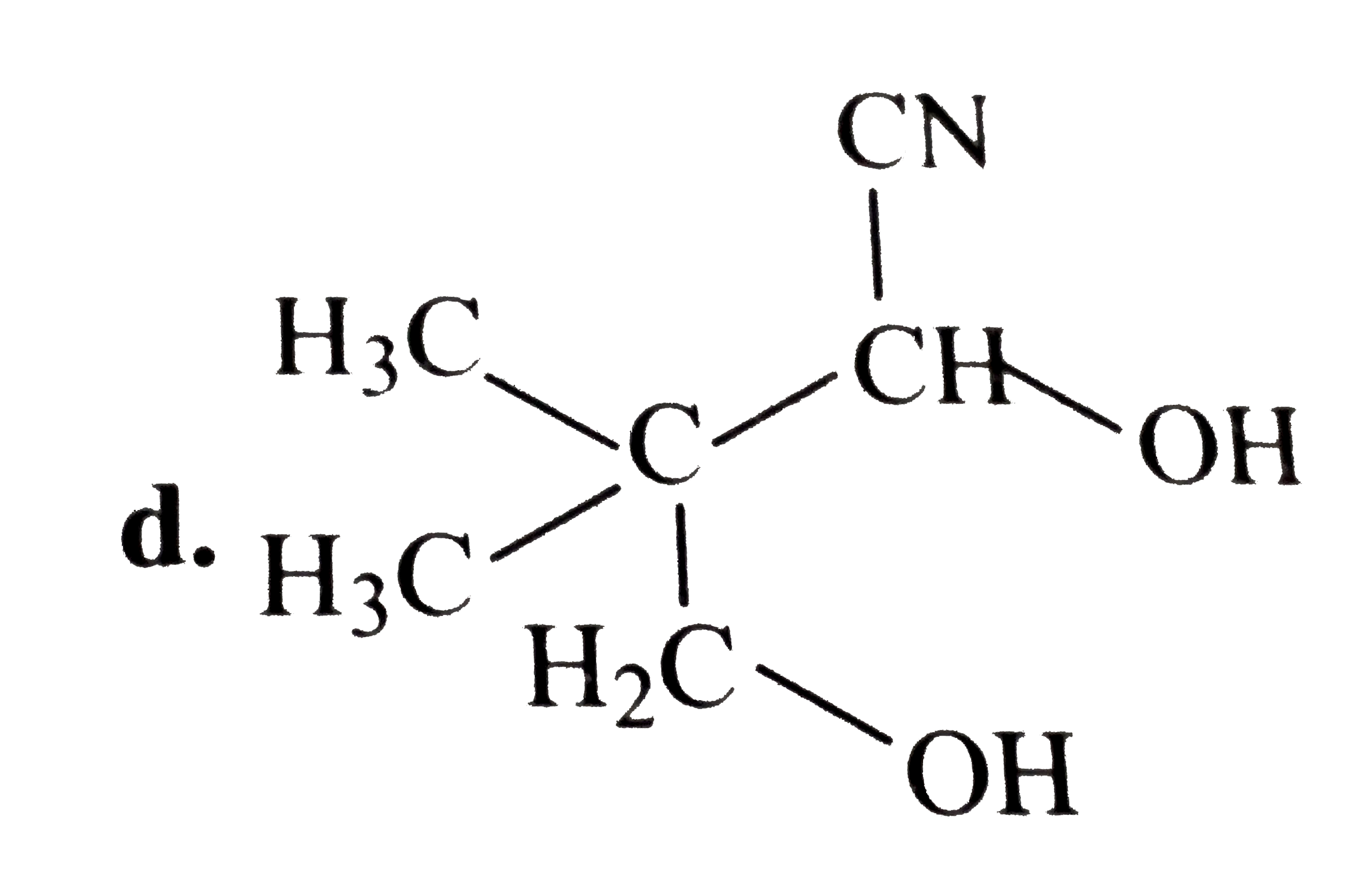
Two aliphatic aldehydes (P) and (Q) react in the presence of aqueous K2CO3 to give compound (R ) which upon treatment with HCN gives compound(S). On acidification and heating, (S) gives the product shown below:

Compound (R ) is:A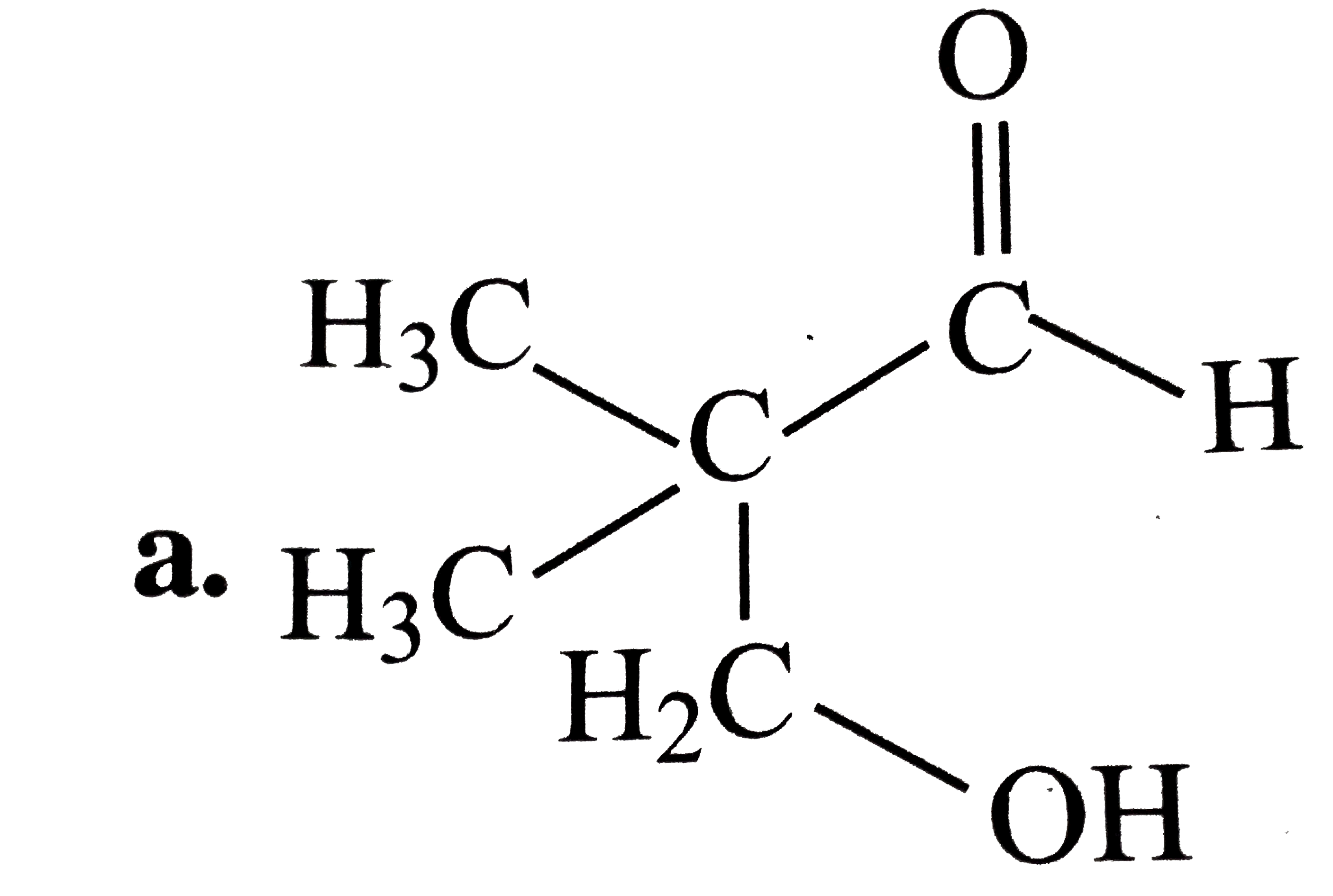 B
B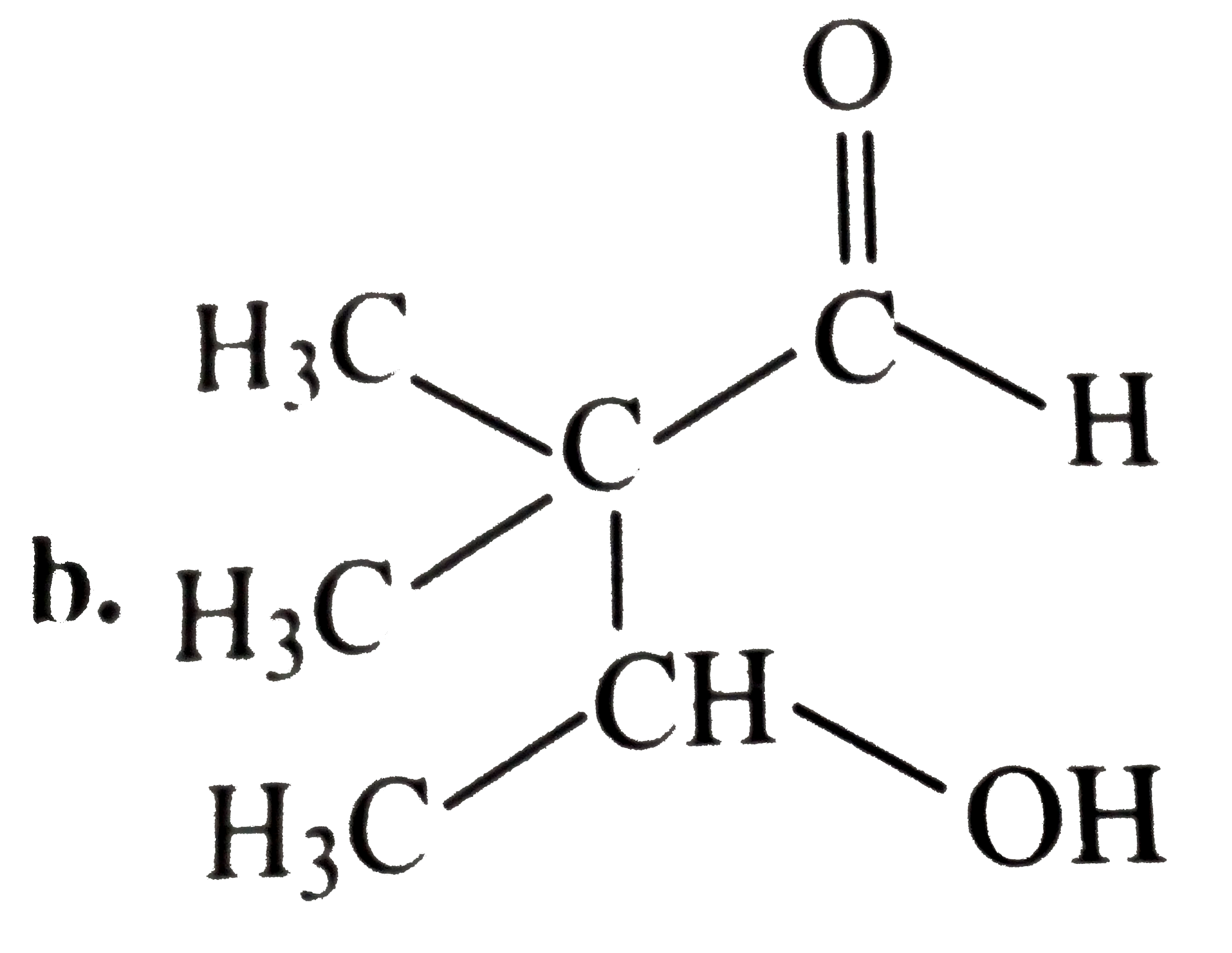 C
C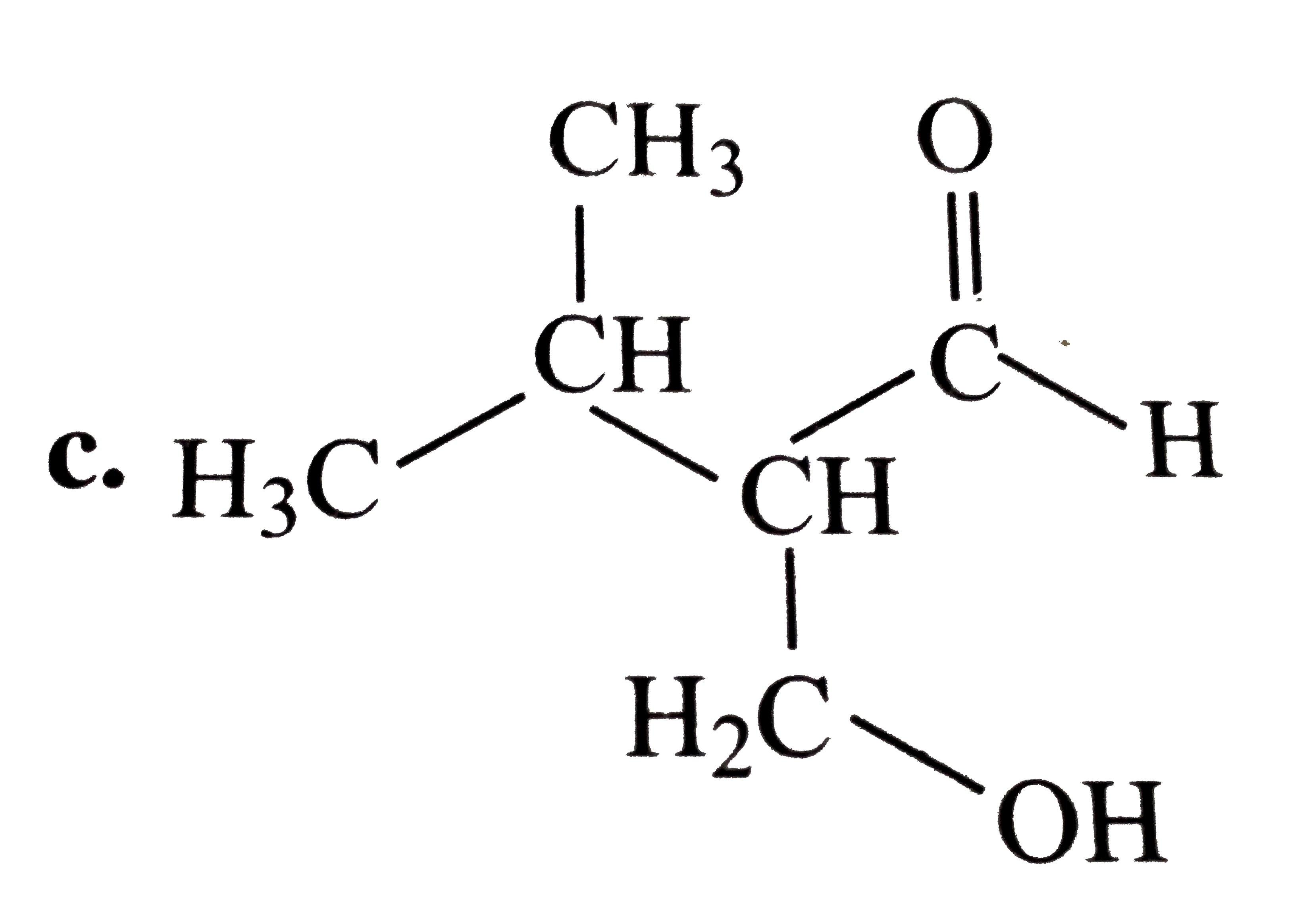 D
D
Which compound reacted with CO2 gives an organic compound?
View SolutionAn organic compound P on reduction gives compound Q which on reaction with chloroform and potassium hydroxide forms R. The compound R on catalytic reduction gives N-methylailine. The compound P is
View SolutionThe reaction of compounf P with CH3MgBr (excess) in (C2H5)2O followed by addition of H2O give Q the compound Q on treatment with H2SO4at 0∘ C gives R. the reaction of R with CH3COCl in the presence of anhydrous AlCl3 in CH2Cl2 followed by treatment with H2O produces compound S. [Et in compound P is ethyl group] The product S is

View SolutionWhich of the compounds shown below will react with diethyl malonate in the presence of methoxide ion to give a compound, which on treatment with aqueous acid and gentle heating will decarboxylate to form butanoic acid?
View SolutionThe compound X on treatment with acidified K2Cr2O7 gives compound Y which reacts with I2 and Na2CO3 to form tri-iodomethane. The compound X is :
View Solution